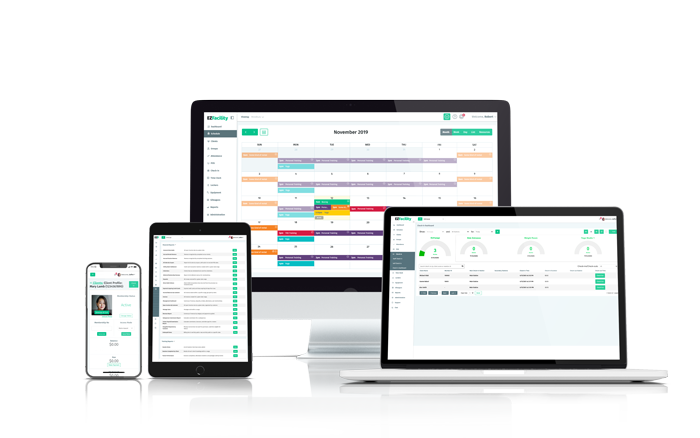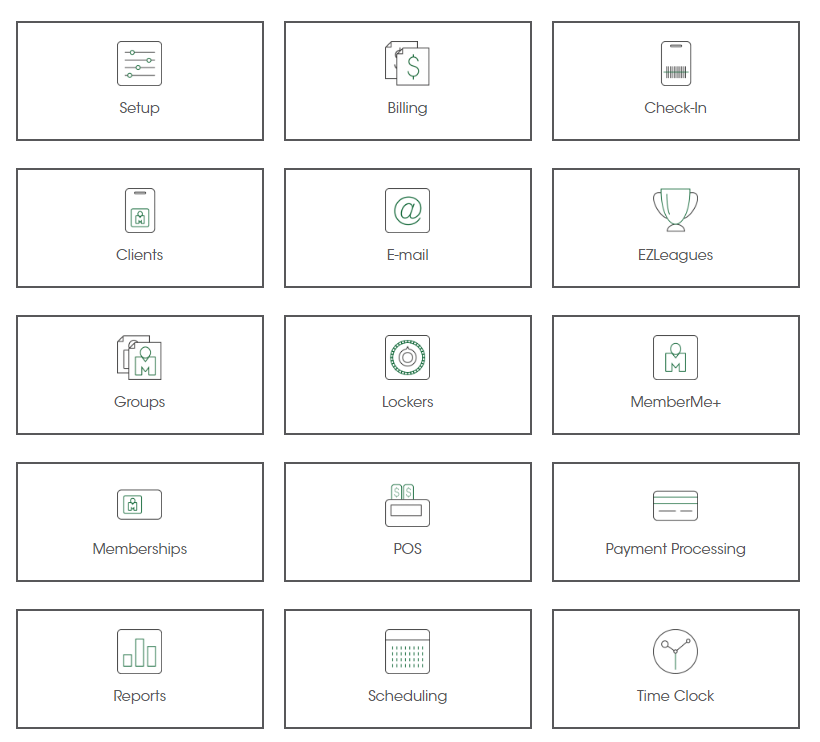Being a fitness entrepreneur can offer a myriad of benefits—it allows you to create a career that aligns with your values, dictate your own schedule, choose who you want to work with, build a network of like-minded individuals, and it gives you control over important business decisions.
But while owning and operating your own company can be extremely rewarding, being the person who’s ultimately responsible for whether your business succeeds or fails is a heavy burden to carry alone, and it can have a significant impact on your mental health. In addition to harming you personally, mental health problems can also negatively impact your business by hindering productivity, impacting relationships, and negatively affecting company culture.
In this blog, we’ll cover some of the common stressors fitness entrepreneurs face during their careers, why it’s so important to start talking more openly about mental health, and how to build a support network.
Entrepreneurial Stress
Those who choose the entrepreneurial path tend to know they will face stress and pressure throughout their careers, but COVID-19 upended day-to-day life, global industry, and the world as we once knew it. The fitness industry was hit particularly hard, and many brick-and-mortar facilities were forced to close permanently, while others are still scrambling to adapt and survive in the post-pandemic era.
It’s been an especially tumultuous time for most businesses, but even more so for fitness entrepreneurs who must navigate the obstacles and changing landscape largely on their own. The high level of stress that comes with running your own business can have a dramatic impact on your physical mental health—and, if not managed appropriately—can lead to burnout, anxiety, depression, insomnia, and more.
Below are a few examples of common challenges fitness entrepreneurs face:
1. Assuming multiple roles
When you run your own business, it’s oftentimes necessary to take on multiple roles, especially when you’re first starting out. But when you’re doing everything on your own, it’s easy to become overwhelmed, stressed and burnt out. If you have a team of employees, it’s critical to learn how to delegate so you can focus on the high-level priorities.
2. Financial burdens
Financial management is a part of every business, and paying close attention to your finances is key to staying in operation. Staying on top of your finances to ensure you’re in the green can be extremely stressful and time-consuming, so it’s important to establish a process for how you plan to manage the books and as well as how you will tackle financial pressures head-on.
3. Loneliness
Research shows that many entrepreneurs struggle with mental health issues—and many try to keep it to themselves.
Without a proper support network in place, entrepreneurs who struggle with mental health issues can experience feelings of isolation and loneliness, as well as depression, anxiety and a number of other health issues.
Making Your Mental Health a Priority
Running a business can be overwhelming, but trying to deal with everything on your own can be very detrimental to your physical health and mental health. It’s important to be open and honest with those close to you, and to seek external guidance if you’re struggling with any mental health problems.
In order for your business to be the best it can be, you need to be the best you can be, too—and that means making yourself and your health a top priority.












